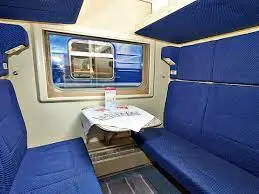Intro
Embarking on the Trans-Mongolian Railway is more than just a train ride, it’s an epic journey across three fascinating countries: Russia, Mongolia, and China. This legendary route offers a front-row seat to dramatic landscapes, cultural contrasts, and remote corners of the world that few travelers get to experience. Whether you’re in it for the adventure or the slow-travel charm, here’s what to expect when you take on this iconic route yourself.

The route
The Trans-Mongolian Railway begins in Moscow, Russia, and carves an unforgettable path eastward through the Ural Mountains. The train makes its way past culturally rich cities like Kazan and Yekaterinburg before entering the vast wilderness of Siberia. Stops like Irkutsk, gateway to the world’s deepest lake, Baikal and Ulan-Ude, a hub of Buryat culture, offer unique windows into life across Russia’s lesser-traveled regions.
From there, the route veers south into Mongolia, where wide-open steppe and rugged hills replace the dense taiga. After a stop in Ulaanbaatar, Mongolia’s capital, the final stretch crosses into northern China, finishing in the vibrant city of Beijing.
Not to be confused with…
Trans-Siberian Railway: Runs from Moscow to Vladivostok (all within Russia).
Trans-Manchurian Railway: Similar route to China, but bypasses Mongolia.
The Trans-Mongolian is arguably the most scenic and culturally diverse of the three, perfect for adventurous, independent travelers.

The journey
Traveling on the Trans-Mongolian Railway is more than just a ride, it’s a full-blown adventure across some of the planet’s most remote and rugged landscapes. As the train winds through Siberia and into the heart of Mongolia, you’ll witness a dramatic shift in scenery: from dense taiga forests to open steppe, from mountain ranges to endless grasslands.
But it’s not just about what you see from the window. The journey offers meaningful moments of cultural discovery. At various stops, especially in smaller towns and villages, you’ll have the chance to browse bustling markets, sample hearty local dishes, and meet warm, welcoming locals whose lives are shaped by these vast, untamed lands.
👉 Curious about Mongolian culture? Don’t miss the fascinating stories from the Thousand Camel Festival
I also invite you to explore my captivating photo project that showcases the fascinating lives of Mongolian nomads in the enchanting landscapes of the Gobi Desert.
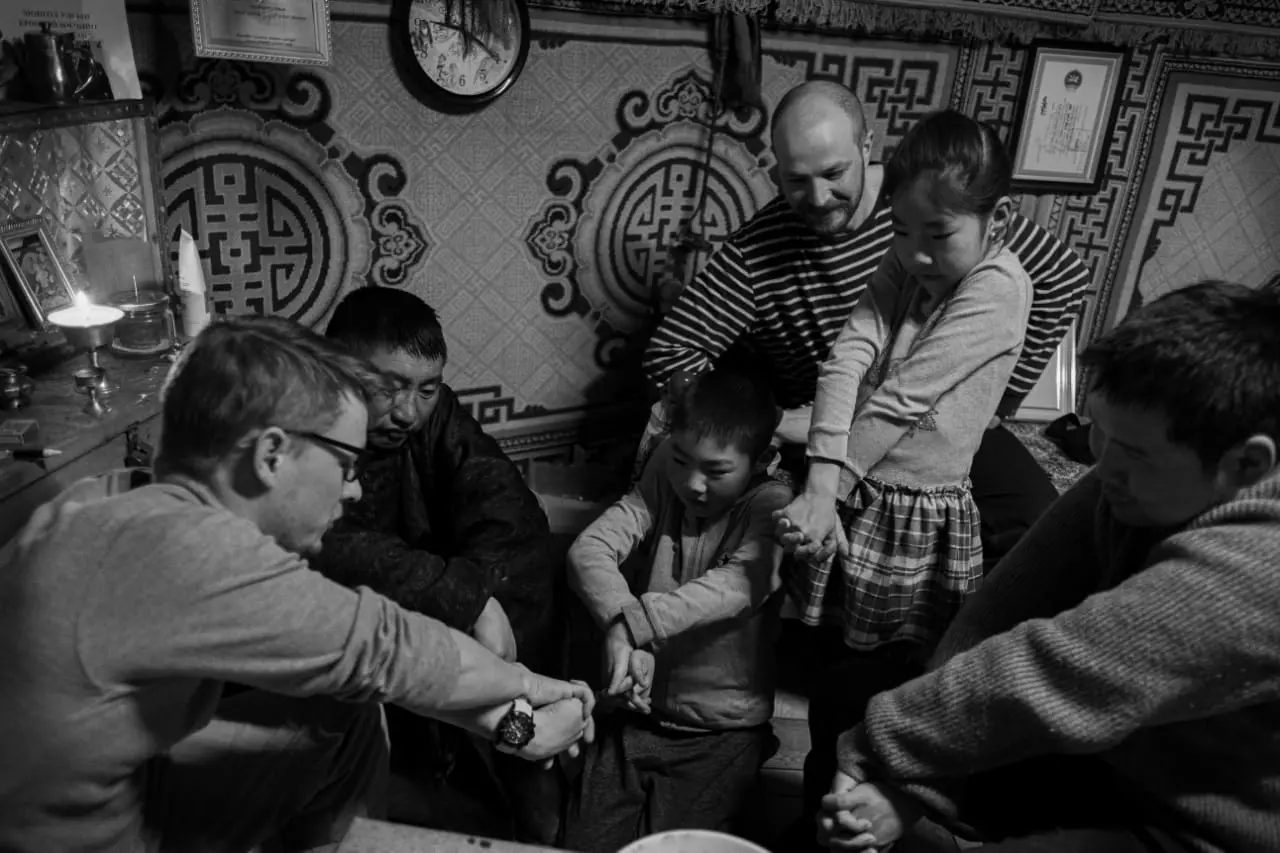

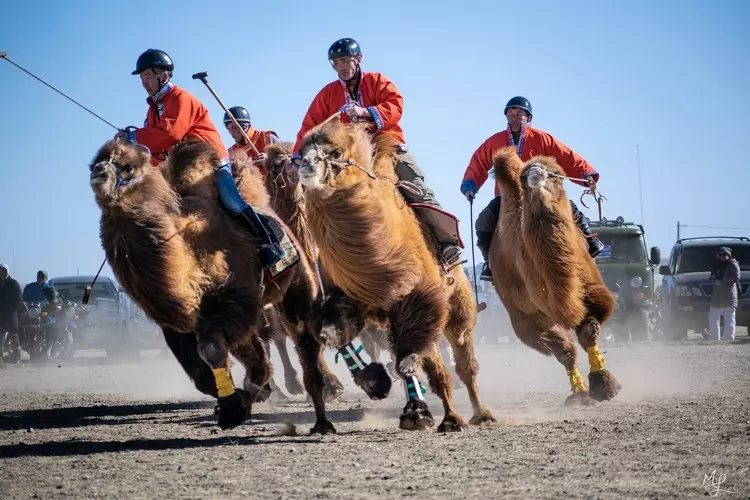
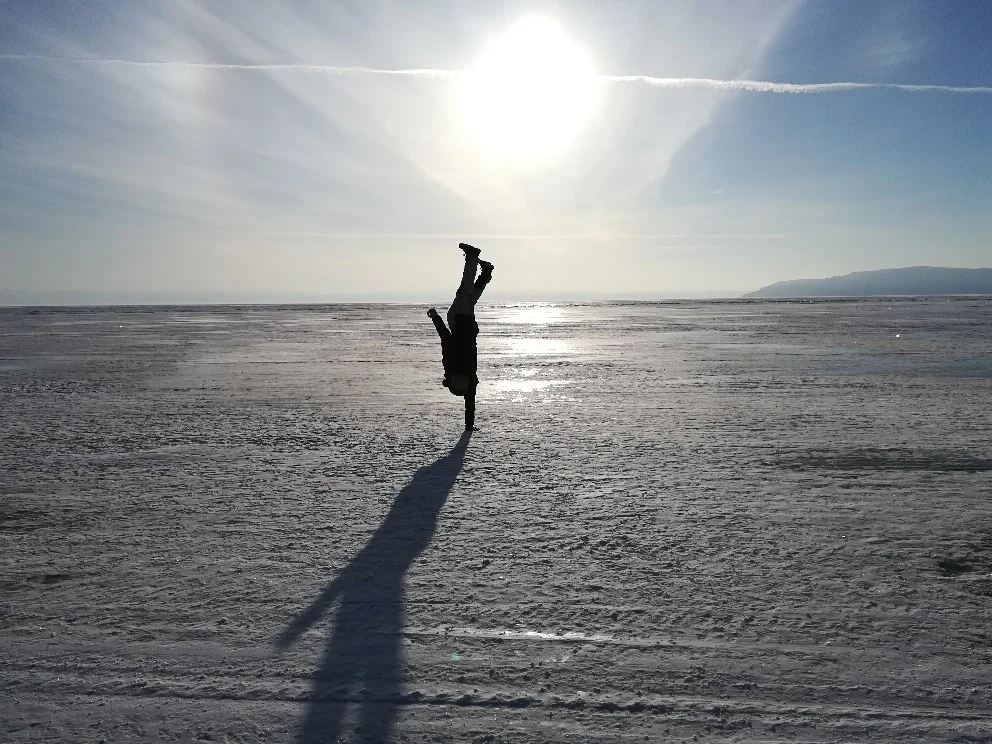
The accommodation
The Trans-Mongolian Railway caters to a wide range of travelers with several accommodation options, whether you’re watching your budget or craving a bit of luxury. From basic hard sleeper berths to comfortable soft sleeper cabins and private first-class compartments, each class offers a different level of comfort and privacy. Here’s a breakdown of the most common options you’ll find onboard:
Hard Sleeper (3rd Class)
The most budget-friendly choice, hard sleeper compartments typically include six bunks, upper, middle, and lower—separated by curtains or sometimes left open to the aisle. Beds are usually wooden and on the narrower side, with shared toilets at the end of the carriage (which can be squat toilets on some routes). If you’re only traveling a short distance, it’s wise to use the bathroom beforehand.
Soft Sleeper (2nd Class)
A more comfortable upgrade, soft sleeper compartments usually have four beds (two upper, two lower) and come with a proper door for added privacy. The beds are wider, cushioned, and the atmosphere is generally quieter, ideal for longer stretches of the journey.
First-Class Sleeper (1st Class)
Perfect for travelers who prioritize privacy and comfort, first-class cabins come with just two beds per compartment. These cabins often include amenities like air conditioning, power outlets, reading lights, and sometimes even private bathrooms with showers, though this varies by train and route.
Luxury Trains
If you’re looking for an upscale rail experience, some private operators offer luxury versions of the Trans-Mongolian. These can include en-suite bathrooms, plush bedding, panoramic windows, and even private balconies, essentially turning your cabin into a hotel on rails.
🔎 Pro Tip: Amenities can vary depending on the train operator and the country you’re in (Russian, Mongolian, or Chinese rail). Always double-check with the operator when booking.
The food
The food on the train can be a bit hit or miss, so it’s a good idea to bring your own snacks and drinks. Some trains have a dining car, but the options are limited and can be expensive. Some trains have western food but the majority are traditional Russian and Chinese food. Be open to try new food and you might find something you like. I wasn’t a big fan of the Russian food.
The Trans-Mongolian train is a journey like no other, offering a chance to explore some of the most remote and beautiful parts of the world while enjoying the comfort and convenience of a train journey. With a well-planned itinerary, you’ll be able to make the most of your time on the Trans-Mongolian train and see the destinations that interest you the most. Be prepared for an unforgettable adventure!
Your support through ads keeps our content free — we appreciate it!
You may also be interested in: Journey into the Heart of Mongolia’s Nomadic Culture

Best places to stop off
One of the biggest perks of traveling the Trans-Mongolian Railway is the opportunity to hop off and explore along the way. From imperial cities to Buddhist temples, each stop offers a completely different experience in culture, history, and scenery. Here are some of the top destinations worth planning into your itinerary:
Moscow, Russia
Start your journey in Russia’s vibrant capital. With its iconic landmarks like the Kremlin, Red Square, and St. Basil’s Cathedral, Moscow is packed with imperial grandeur and cultural heritage. Spend at least a couple of days soaking up the city’s energy before boarding the train eastward.
Kazan, Tatarstan
Kazan is where East meets West, a fascinating fusion of Tatar and Russian cultures. Explore the UNESCO-listed Kazan Kremlin, browse colorful markets, and try local dishes like chak-chak and plov. It’s one of Russia’s most underrated gems.
Yekaterinburg, Ural Mountains
This historical city sits right on the border between Europe and Asia. Visit the Church on the Blood, built where the last Tsar and his family were executed, and explore Soviet-era landmarks and leafy parks. It’s a sobering, compelling stop with deep historical significance.
Novosibirsk, Siberia
As Siberia’s largest city, Novosibirsk gives you a taste of Russia’s industrial strength. Highlights include the Novosibirsk Opera and Ballet Theater and the local railway museum. It’s less touristy, but that’s part of its charm.
Irkutsk & Lake Baikal
Irkutsk is the classic stopover point for visiting Lake Baikal, the world’s deepest and oldest lake. From here, head to Listvyanka village, take a boat tour, or walk along the scenic Baikal Trail. Irkutsk itself is worth exploring for its beautiful wooden architecture and relaxed vibe.
Ulan-Ude, Buryatia
This is where Russian and Mongolian cultures blend. The city is home to the world’s largest Lenin head statue and is a gateway to Ivolginsky Datsan, a major Buddhist monastery. Don’t miss the local market, I found some great deals there (and yes, you should haggle!).
Ulaanbaatar, Mongolia
Mongolia’s capital is chaotic but compelling. Visit Gandan Monastery, the National Museum, and the city’s lively markets. If time allows, take a side trip to Terelj National Park to see Turtle Rock and go horseback riding or hiking.
👉 Highly recommended: Join a tour to the Gobi Desert. We traveled with Sunpath tours and had an unforgettable experience exploring the desert’s vast dunes, canyons, and camel herders’ camps. Tours are easy to arrange and can range from a few days to several weeks.
Beijing, China
End (or begin) your journey in China’s buzzing capital. Explore world-famous sights like the Forbidden City, Temple of Heaven, and the Summer Palace. Dive into local life with a visit to the traditional hutongs and don’t skip Wangfujing Market if you’re feeling adventurous, it’s home to some of the city’s more… exotic street food options.
These are just a handful of the unforgettable stops you can make along the Trans-Mongolian Railway but they’re far from the only ones. Each destination brings its own distinct culture, landscape, and story to your journey. Since the route spans thousands of kilometers and crosses three countries, planning your itinerary thoughtfully will help you make the most of your time on (and off) the train. Take it slow where it counts, stay open to the unexpected, and enjoy the ride, this is a once-in-a-lifetime adventure, after all.

Making Your Own Way: Planning a DIY Trans-Mongolian Itinerary
Planning your own trip on the Trans-Mongolian Railway can be one of the most rewarding ways to experience the journey. It gives you the freedom to travel at your own pace, stop where you want, and often save a good deal of money in the process. Here’s how to create a smooth, personalized itinerary:
1. Research Your Destinations
Start by exploring the cities and regions along the route. What excites you—culture, history, nature, food? Some of my top recommendations:
Moscow for imperial landmarks and Russian culture
Irkutsk for access to Lake Baikal
Ulaanbaatar for Mongolia’s capital and jumping-off point to the Gobi Desert
Beijing for its rich heritage and bustling energy
2. Plan Your Route
While the standard route runs from Moscow to Beijing, you’re not limited to a straight-through ride. Consider stopping at a few key cities for 2–4 days each. Depending on your timeframe, you can choose fewer or more stops—and even explore branch routes.
3. Choose Your Travel Style
Decide whether you’ll ride the train continuously or break up the trip. If you’re considering 3rd class (hard sleeper), be realistic—20+ hour stretches aren’t for everyone. Mixing in stops gives you a much-needed break and a chance to explore in depth.
4. Check Visa Requirements
Russia, Mongolia, and China all require visas for many travelers. Some must be arranged in advance and may take time to process. Be sure to check each country’s entry requirements based on your nationality before finalizing anything.
5. Book Your Train Tickets
Once your route is set, book your tickets in advance—especially during peak travel months. I used this website, which I found reliable and easy to navigate. Booking early ensures you get the class you want and the travel dates you need.
6. Make a Smart Packing List
Think practically: layers for changing weather, basic toiletries, chargers, and important documents. Leave some space in your bag—you’ll almost certainly want to pick up souvenirs or local specialties along the way.
7. Understand Train Time
This is a common pitfall: Trans-Mongolian trains operate on Moscow time, no matter which country or time zone you’re in. For example, when you’re in Irkutsk (which is 5 hours ahead), your train may still be scheduled based on Moscow time. Double-check and confirm times carefully to avoid missed departures—I nearly got caught out more than once!
Final Tip: Flexibility Is Your Best Friend
A well-planned itinerary is your foundation—but stay open to change. Delays happen. You might fall in love with a place and want to stay longer. That’s part of the charm of overland travel.
Your support through ads keeps our content free — we appreciate it!
You may also be interested in: Unlocking the Secrets of Eagle Hunting in MongoliaEagle Hunting in Mongolia
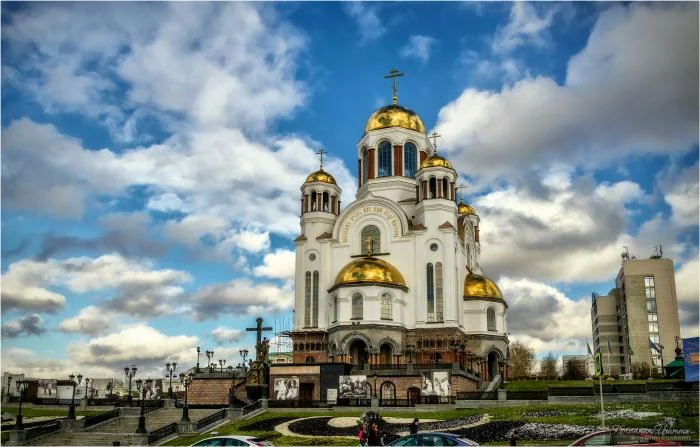
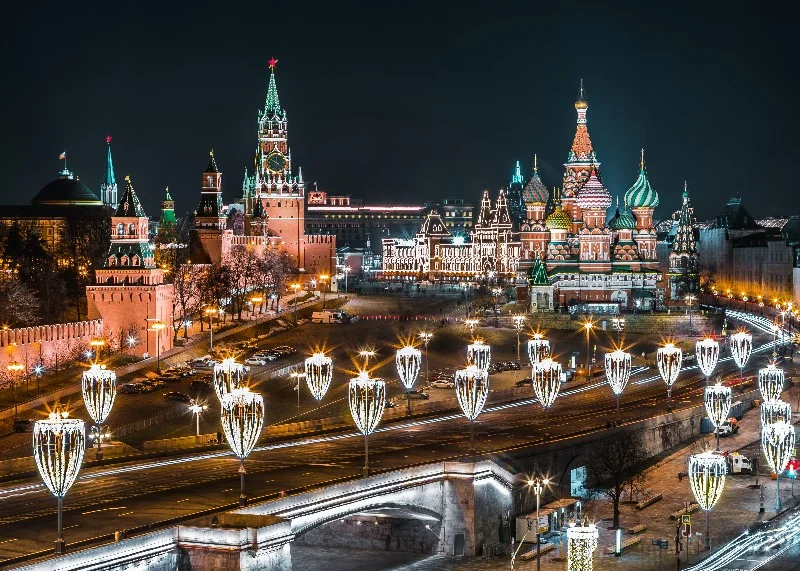

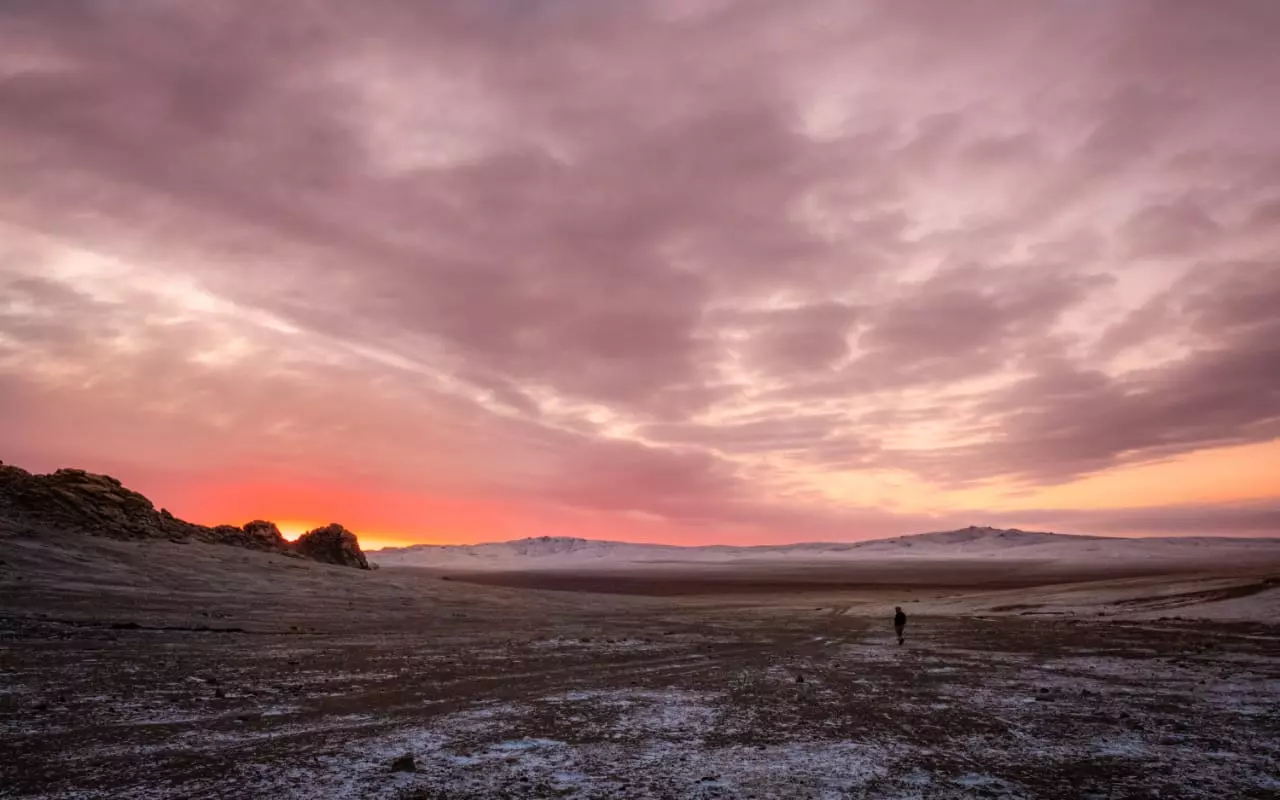
Final thoughts
Whether you ride the Trans-Siberian, the Trans-Mongolian, or the Trans-Manchurian, one thing is certain: this is not your average trip. These iconic railways carve through some of the world’s most remote, dramatic, and culturally rich landscapes, making for a truly once-in-a-lifetime experience.
If there’s one piece of advice I’d give: don’t just ride straight through. Stopping off along the way adds layers of discovery and gives you a deeper sense of the people, history, and rhythm of life across Russia, Mongolia, and China.
Take the time to plan your route, research destinations that speak to you, and don’t shy away from the budget-friendly train classes, they’re adventures in their own right. With a little prep and an open mindset, you’ll have a trip that’s not just memorable, but transformative.

Some pictures sourced from pixabay, freepik and pexels.
Your support through ads keeps our content free — we appreciate it!
Table of Contents
You might also be interested in:
You might also be interested in:
Hey there, ¡Bienvenido!
Thank you so much for being here.

I’m Matthew Lock
An internationally exhibited and published photographer.
Follow me in Social Media!
Your feedback means a lot!
Leave a Review
If you’d like to show a little extra support, you can also
Get In Touch
When you purchase through certain links on my site, I may receive a small commission —at no extra cost to you— which helps keep my work going strong.
Explore More Categories
Where I have been:
Currently in: Australia





